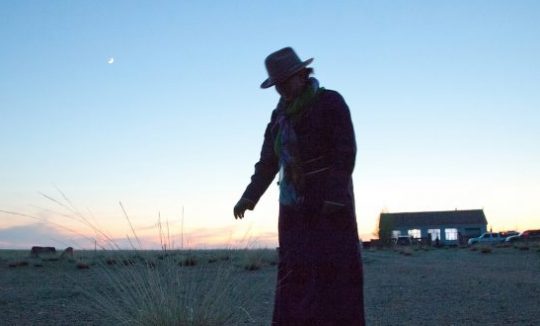Grassland Conservation
Ecosystem Conservation and Community Development ProgramGrassland Conservation

Ningxia Hui Autonomous Region
Summary
Needs & Approach
Objectives
Impacts
Project Details
Extensive drought caused by climate change and exacerbated by unrestricted grazing led to the local government establishing a protected area in Ningxia without considering normal grazing patterns of herders. As a result, herders continued to break the conservation boundaries, thereby angering officials and hindering conservation efforts.
Through the Community Conservation Concession Agreement – which simultaneously recognizes the rights of local policy makers and local people – we were able to bring the locals into the conservation efforts and compensate their efforts through a fund and teaching skills to improve their livelihoods.
Needs:
Increased cooperation from local people in conservation efforts and improved livelihoods of locals.
Methods:
Use the CCCA mechanism to bring local government officials and local people into an agreement and start a mechanism to support the income growth of local people.
– Explore collaborative mechanisms to empower communities to participate in grassland conservation and develop a sustainable livelihood;
– Launch CCCA in Western China
-T he number of pilot households increased from 26 to 32;
– The CCCA protected area increased to 3500 hectares;
– Vegetation protection rate increased by 2.7%;
– Significant reductions in the frequency of breaking fences and illegal grazing or mowing of protected areas;
– The Reserve gave the households a total RMB 16,000 (USD 2,450) over the course of 2014 for their efforts in grassland protection;
– Established a protection and development fund with a principle amount of RMB150,000;
– Prepared a handbook on agricultural practical technology;
– Directly trained 300 people in 5 years;
– 340 acres of flax planting area and 410.33 acres of red plum apricots;
– Prepared a conservation concession toolkit.
Period: 2011-2013
Location: Ningxia Hui Autonomous Region, Yunwushan National Nature Reserve
Donor: Ford Foundation, China Green Carbon Foundation
Inner Mongolia
Summary
Needs & Approach
Objective
Impacts
Project Information
At least 45% of Inner Mongolia has experienced desertification due to climate change and human pollution. Right now, the environmental degradation is at the initial phase and the government has not invested into this cause.
In 2011, GEI began to cooperate with the local community. Pilot households used a variety of experimental plantation and animal husbandry techniques to control the desertification. GEI utilized the CCCA to help promote grassland restoration.
Needs:
– Spread the successful model to the entire northern region;
– Help herdsmen have the ability to buy their own plants;
– Continue governmental and institutional support.
Approach:
Use the CCCA mechanism to bring local government officials and local people into an agreement and start a mechanism to support the income growth of local people.
– Explore collaborative mechanisms to empower communities to participate in grassland conservation and develop a sustainable livelihood;
– Curb the health impact of dust storms.
– Participation from nine demonstration households;
– Designated 150 hectares of desertification areas;
– Planted more than 100,000 of forage seeds;
– Set 500 acres of sand barriers;
– Presented seminars on improving air quality;
– Raised $500,000 of investment from government and institutions.
Period: 2011 – 2013
Location: Inner Mongolia
Donor: Ford Foundation; National Geographic Air and Water Conservation Fund
